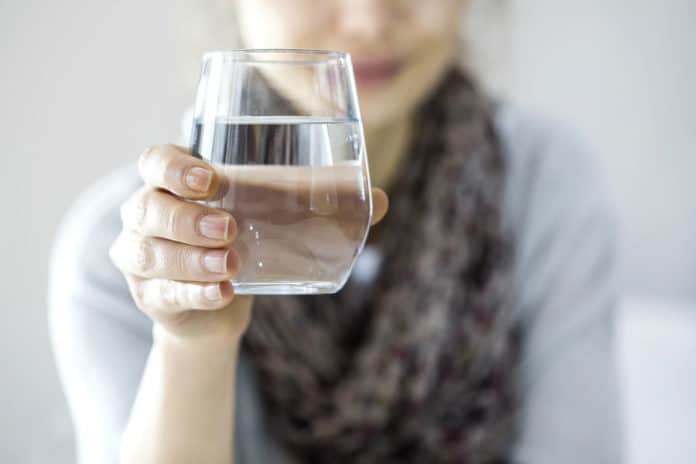The widespread use and release of plastics in nature have raised global concerns about their impact on public health and the environment. The extensive use and release of plastics in nature have raised global concerns about their impact on public health and the environment. While much research has been conducted on macro- and micro-sized plastics, the fate of nanoscale plastics remains unexplored.
Now, a new study by the Washington State University found that nanoscale particles of the most commonly used plastics tend to move through the water supply, especially in freshwater, or settle out in wastewater treatment plants, where they end up as sludge, in landfills, and often as fertilizer.
Indranil Chowdhury, an assistant professor in WSU’s Department of Civil and Environmental Engineering, said, “We are drinking almost a few grams of plastics every month or so. That is concerning because you don’t know what will happen after 20 years.”
Scientists studied what happens to tiny, nanoscale plastics that are making their way into the aquatic environment. They analyzed the fate of nanoparticles of polyethylene and polystyrene, which are used in a huge number of products. They examined how the tiny plastic particles behaved under various chemistries, ranging from salty seawater to water containing organic material.
Scientists found that while the acidity of water has little impact on what happens to nanoscale plastics, salt, and natural organic matter are essential in determining how the plastics move or settle. What is clear is that tiny plastics are staying in the environment with unknown health and environmental consequences.
Scientists are now focusing on the development of techniques to remove plastics from the water. They have recently received a grant from the State of Washington Water Research Center for that work.
The work is published in the journal Water Research.
